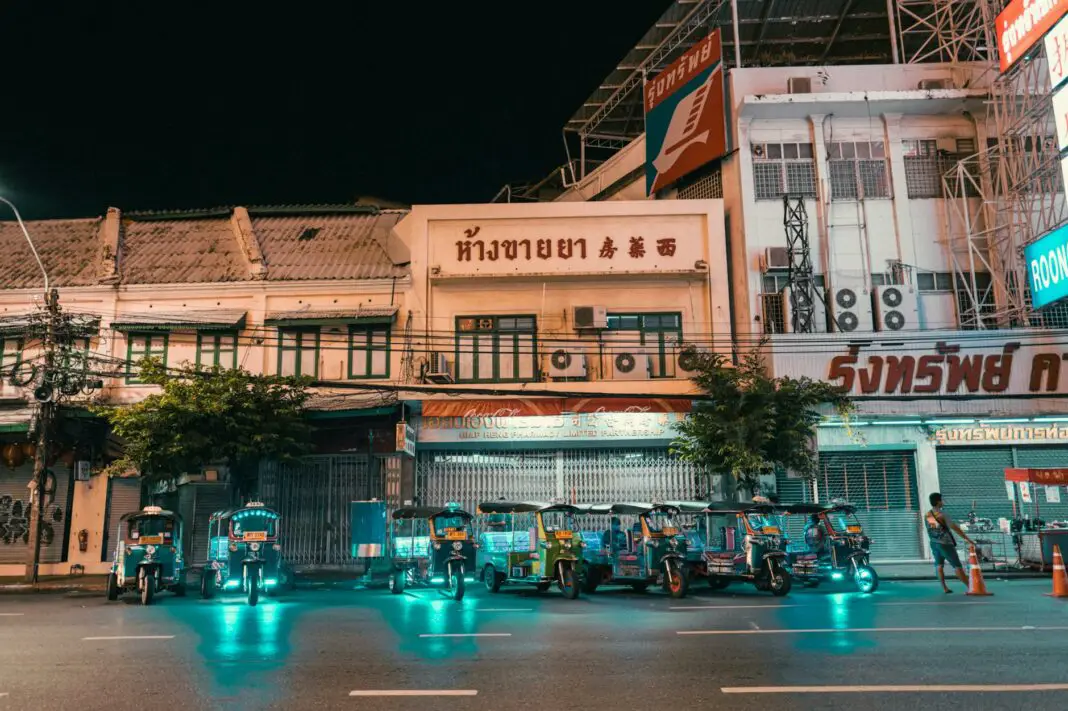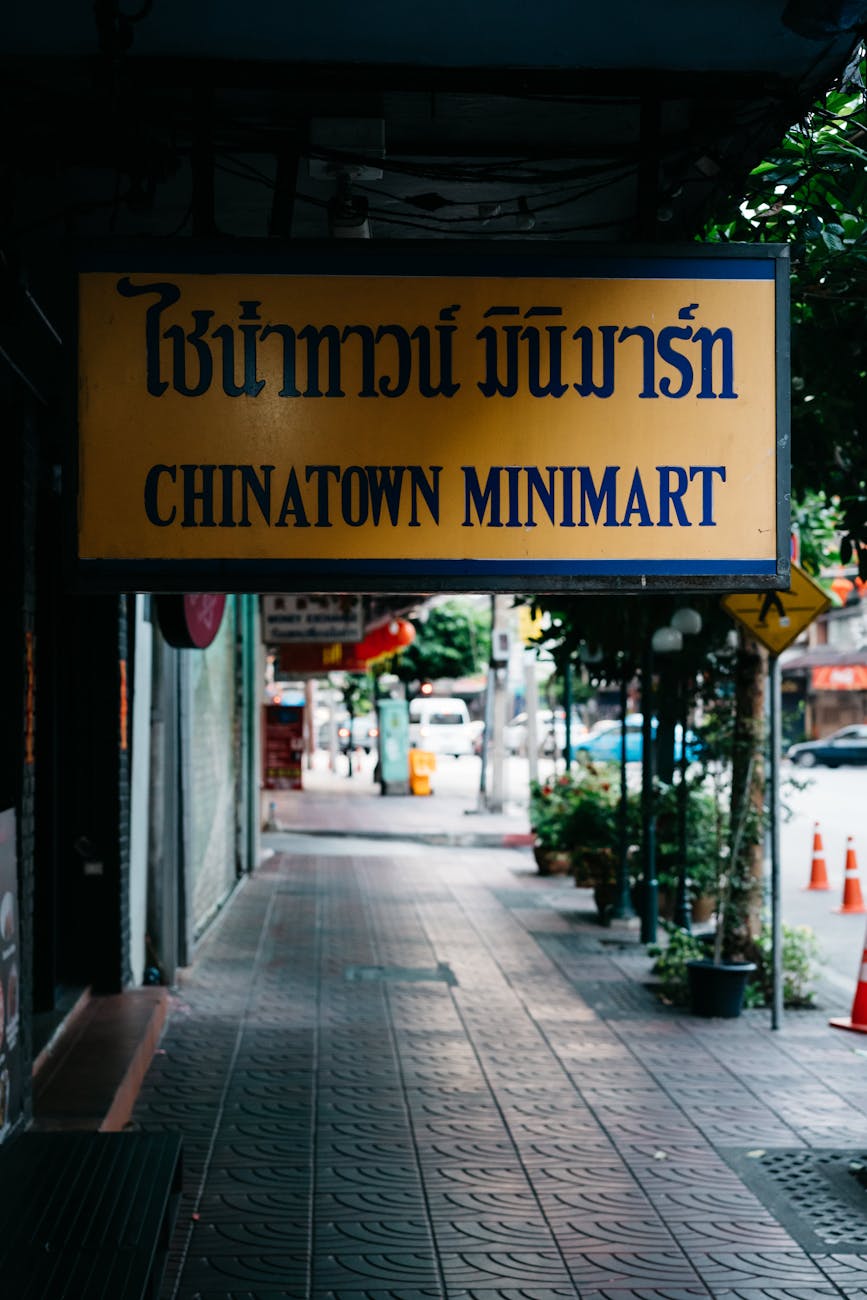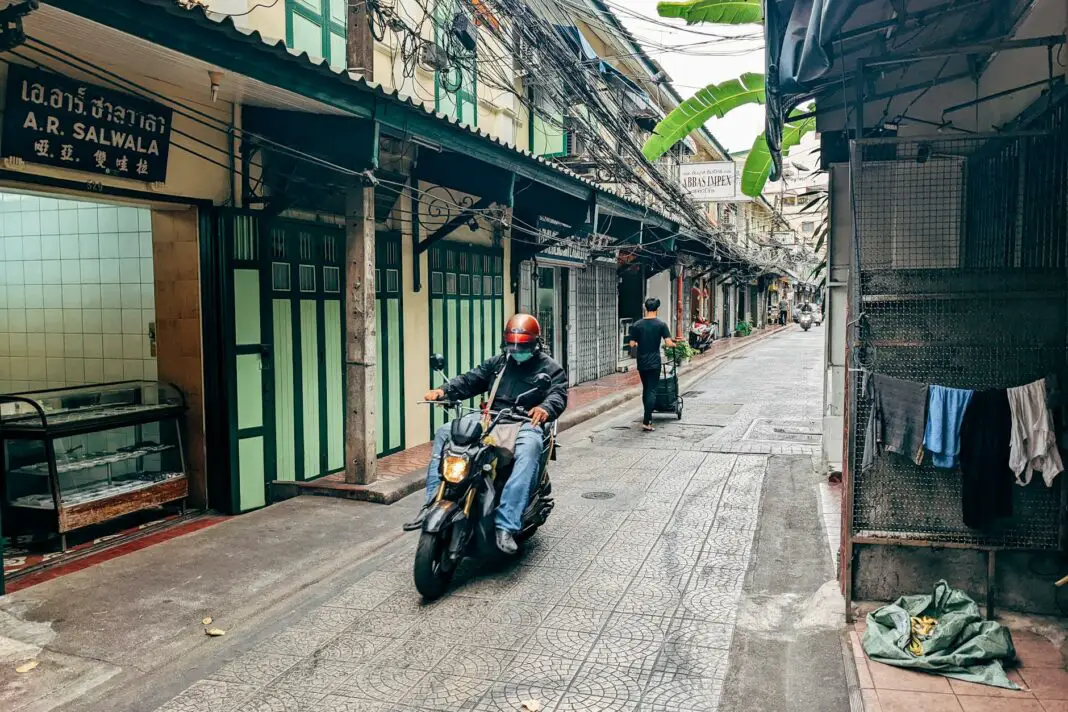Thailand, an enchanting destination known for its stunning landscapes, rich culture, and vibrant lifestyle, continues to captivate travelers from around the globe. Recently, its urban transportation planning has garnered attention for its innovative approach, promising to revolutionize how we think about travel within urban environments. As more cities around the world grapple with congestion and inefficiency, Thailand’s solutions may very well hold the keys to not just efficiency but also sustainability and accessibility in urban travel.
This blog post delves into a comprehensive exploration of Thailand’s urban transportation systems, underlining the potential impacts on future travel trends worldwide. Through this journey, we will explore Thailand’s current transportation landscape, technological innovations, and real-life insights into how these developments are reshaping the travel experience. Join us as we navigate the vibrant streets of Thailand and unveil the intricate details of its urban transport planning.
Table of Contents
- Current Transportation Landscape in Thailand
- Technological Innovations Driving Change
- Impact on Travel and Urban Living
- Actionable Insights for Travelers
- The Engaging Future of Urban Transportation
- Frequently Asked Questions
Current Transportation Landscape in Thailand
Stepping into Thailand’s urban landscapes, one cannot overlook the beautiful contrast between traditional transport modes and modern innovations. From bustling tuk-tuks darting through traffic to a growing network of skytrains and subways, Thailand is witnessing a transport renaissance. The capital city of Bangkok is at the forefront, with its iconic BTS Skytrain and MRT systems, designed to alleviate road congestion while providing seamless connectivity across the city.
Additionally, comprehensive policies aimed at increasing the number of cycling paths and pedestrian-friendly walkways are underscoring Thailand’s commitment to creating a multi-modal transportation network. The charm of Thailand lies not just in its scenic views but also in its determination to rethink urban mobility. This evolving landscape is a testament to how Thailand aspires to balance urban growth with environmental sustainability, which could well serve as a beacon for cities worldwide grappling with similar issues.
Technological Innovations Driving Change
Innovative technology is fundamentally altering how urban transportation operates in Thailand, with smart solutions taking center stage. The integration of digital platforms, such as mobile apps for ride-sharing services like Grab, has made commuting more convenient and accessible. These platforms facilitate real-time tracking of vehicles, giving users the freedom to plan their journeys more efficiently and enhancing the overall travel experience.
Moreover, the deployment of smart traffic management systems is significantly enhancing the flow of traffic across urban areas. By utilizing data from various sources, these systems optimize traffic signals in real time, reducing congestion and lowering emissions. Such advancements not only ease the daily commute for locals and tourists alike but also establish a template for other cities to emulate. The crossroad of technology and transportation in Thailand exemplifies how smart solutions can lead the way toward sustainable urban futures.
Impact on Travel and Urban Living
As Thailand continues to evolve its transportation infrastructure, the implications for travel and urban living are profound. Improved accessibility means that more areas are now open for exploration, allowing tourists and locals to experience the full richness of Thai culture. Seamless connectivity contributes to vibrant city life, encouraging exploration beyond the typical tourist hotspots and immersing visitors in local communities.
Furthermore, the emphasis on eco-friendly transportation options has transformed urban living. Bicycles, electric scooters, and public transport not only reduce carbon footprints but also contribute to healthier lifestyles. As more citizens adopt these means of transport, Thailand’s cities become more livable, blending urban architecture with natural elements. This harmony is vital as cities around the world begin to recognize the importance of merging transit solutions with a commitment to sustainability.
Actionable Insights for Travelers
For travelers looking to navigate Thailand’s urban landscape, several actionable insights can enhance your experience significantly. First, consider using public transport options wherever possible. The BTS Skytrain and MRT systems are efficient, affordable, and offer a chance to appreciate the sights from above ground. Additionally, familiarizing yourself with popular mobile apps can streamline your travel plans. For instance, booking a ride through Grab not only saves time but also provides safety assurances.
Moreover, prioritize planning your schedule around off-peak times to avoid crowded transport. Early morning or late-night rides often offer a more pleasant experience, allowing you to take in the sights without the rush. Lastly, don’t miss out on exploring areas accessible only by foot or bike. Many hidden gems in Thai cities await those who venture beyond conventional routes, providing a deeper insight into local culture.
The Engaging Future of Urban Transportation
As we gaze into the future, Thailand’s urban transportation planning serves as an ideal model for a sustainable travel framework. With endeavors in electrifying public transport and promoting green spaces, cities worldwide can draw inspiration from Thailand’s proactive measures. The ongoing developments suggest not just improvements in local transit systems but a commitment to a broader global vision of interconnectedness and synergy.
In this era of rapid urbanization, such innovative approaches become increasingly essential. Encouraging other nations to adopt similar strategies can pave the way for reducing congestion and emissions globally. Ultimately, Thailand’s vibrant approach to urban transport represents an exciting paradigm shift that holds promise for cities everywhere.
Addressing Common Inquiries
With the growing interest in Thailand’s urban transport planning, many questions arise regarding its impact and effectiveness. Here are some commonly asked questions that shed light on this significant topic:
What modes of transportation are most common in Thailand?
Most travelers in Thailand often utilize a mix of buses, motorcycles, taxis, and trains. The BTS Skytrain and MRT systems stand out as quick and reliable options in metropolitan areas.
Are public transport options safe for tourists?
Yes, public transport in Thailand is generally considered safe for tourists. The systems are well-maintained, and using rideshare apps offers an added layer of security.
How is Thailand addressing environmental sustainability in urban transport?
Thailand is actively investing in electric buses, expanding bike lanes, and promoting pedestrian areas as part of its green initiatives to ensure sustainable urban mobility.
What is the future of transportation planning in Thailand?
With ongoing developments and technological advancements, Thailand is set to lead the charge in smart urban transport solutions that other cities can replicate.
Final Thoughts: Embracing Thailand’s Transport Paradigm
In light of everything discussed, it is clear that Thailand is not just enhancing its urban transportation but also paving a path for global travel improvement. As other cities observe and learn from Thailand’s forward-thinking strategies, we can anticipate a future where travel is more accessible, sustainable, and engaging for everyone. Embrace this vision by considering how you can play a part in shaping the future of travel wherever you may roam.
Image Credit: Pexels





